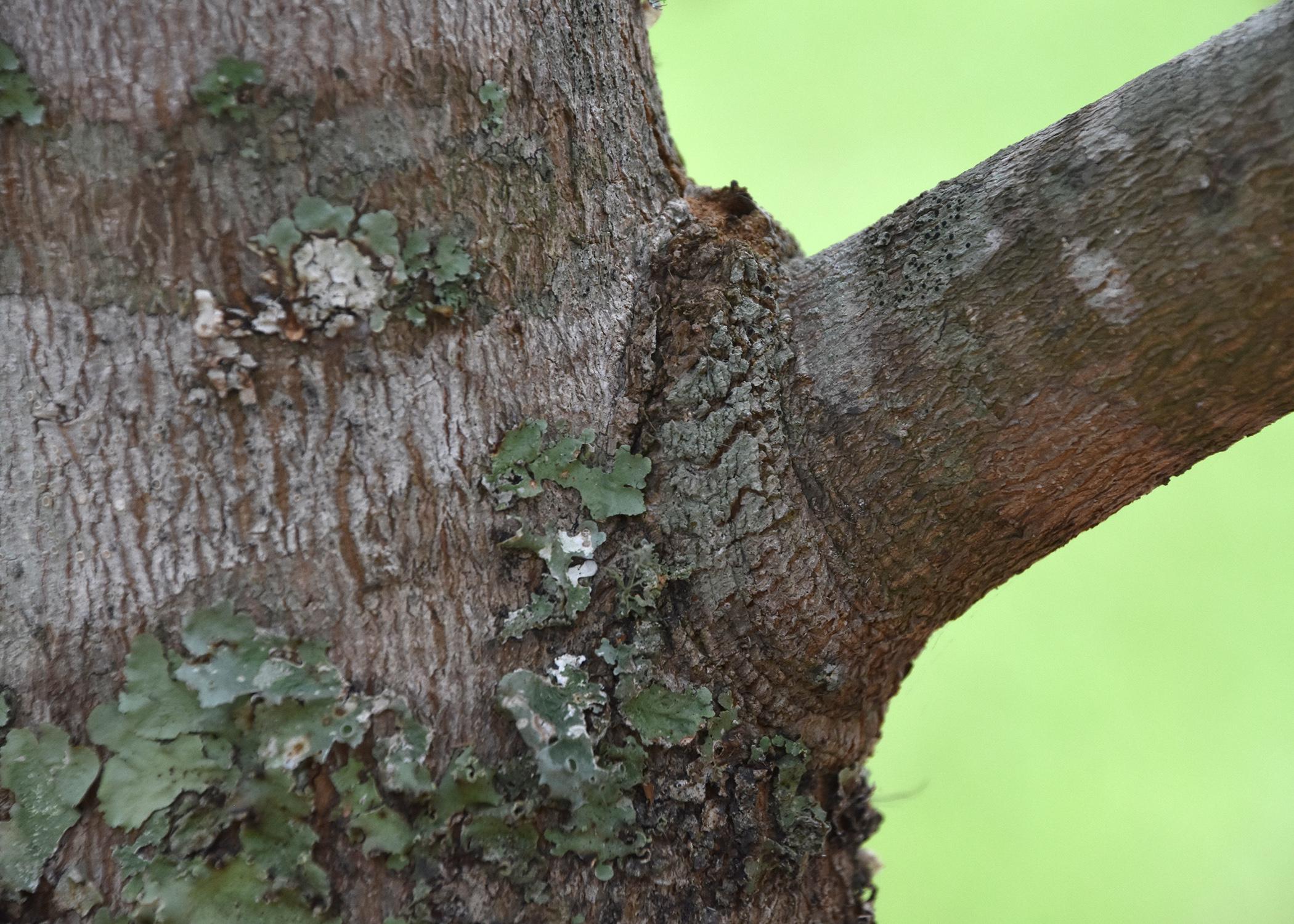Information Possibly Outdated
The information presented on this page was originally released on October 5, 2015. It may not be outdated, but please search our site for more current information. If you plan to quote or reference this information in a publication, please check with the Extension specialist or author before proceeding.
Educate yourself for better tree pruning
In my position with the Mississippi State University Extension Service, I tend to look at myself as a problem solver. I recently had the opportunity to evaluate some less-than-optimal tree pruning.
The question at hand was whether the pruned trees were irreparably damaged or if some corrective actions were needed. In my opinion, while the pruning in this case was sloppily performed, the trees will survive and should be OK.
This got me to thinking about pruning and how many homeowners, through no fault of their own, don’t really know how to prune correctly. So where do you start?
Small branches and limbs, typically 1 inch or less in diameter, can be removed with a single cut using bypass pruners. Never use the anvil-type pruners. They crush the stems, which slows any recovery.
To remove large, heavier limbs greater than 1 inch in diameter, use the drop-cut method (1-2-3 technique) to avoid ripping bark and wood.
To start the drop cut method, make a cut on the underside of the limb, about 1 foot from the trunk or branch. Cut about one-third to one-half way through the limb. Make a second cut on the upper side of the limb, about 2 to 6 inches farther out on the limb than the first cut. Continue sawing until the branch splits off.
Remove the remaining stub by making a single cut at the branch collar.
Tree loppers or a tree saw are my tools of choice for larger diameter branches. Never cut flush with the trunk or branch from which you are pruning. Always look for the branch collar, which is a slightly raised area around the point where the branch is connected to the tree trunk. Remove the branch at this point to help the tree heal.
A lot of homeowners don’t believe trees are capable of healing themselves after pruning because they don’t understand the processes involved. A pruning cut creates damage similar to what we experience when we suffer a cut to our skin. But trees don’t heal in the same way we do after an injury. There are no bandages to aid the healing process.
Trees respond to an injury through a process called “compartmentalization,” in which the area around the injury is strengthened and sealed off from the rest of the tree. Never, never, never use a bandage such as paint, caulk, cement or any other material to cover a tree wound. Treating in this manner traps in disease organisms.
Sometimes, no matter how careful you are at pruning, a cut may have jagged edges and hold water where disease organisms can flourish. Always trim this damaged area to create an even surface. You can use a wood chisel if needed to make it smooth.
This step eliminates the possibility of water being retained. It also promotes the formation of callus tissue around the edges of the damage, which will eventually completely seal the damaged area off from the rest of the tree.
There are resources that can help you learn to become a better pruner. The Southern Gardening TV segment, “Pruning Demystified” demonstrates the drop-cut method described previously. View it at https://www.youtube.com/watch?v=NMDjEPJ6fKU&feature=youtu.be. For more information, refer to Extension Information Sheet 204, “Pruning Landscape Plants.”




